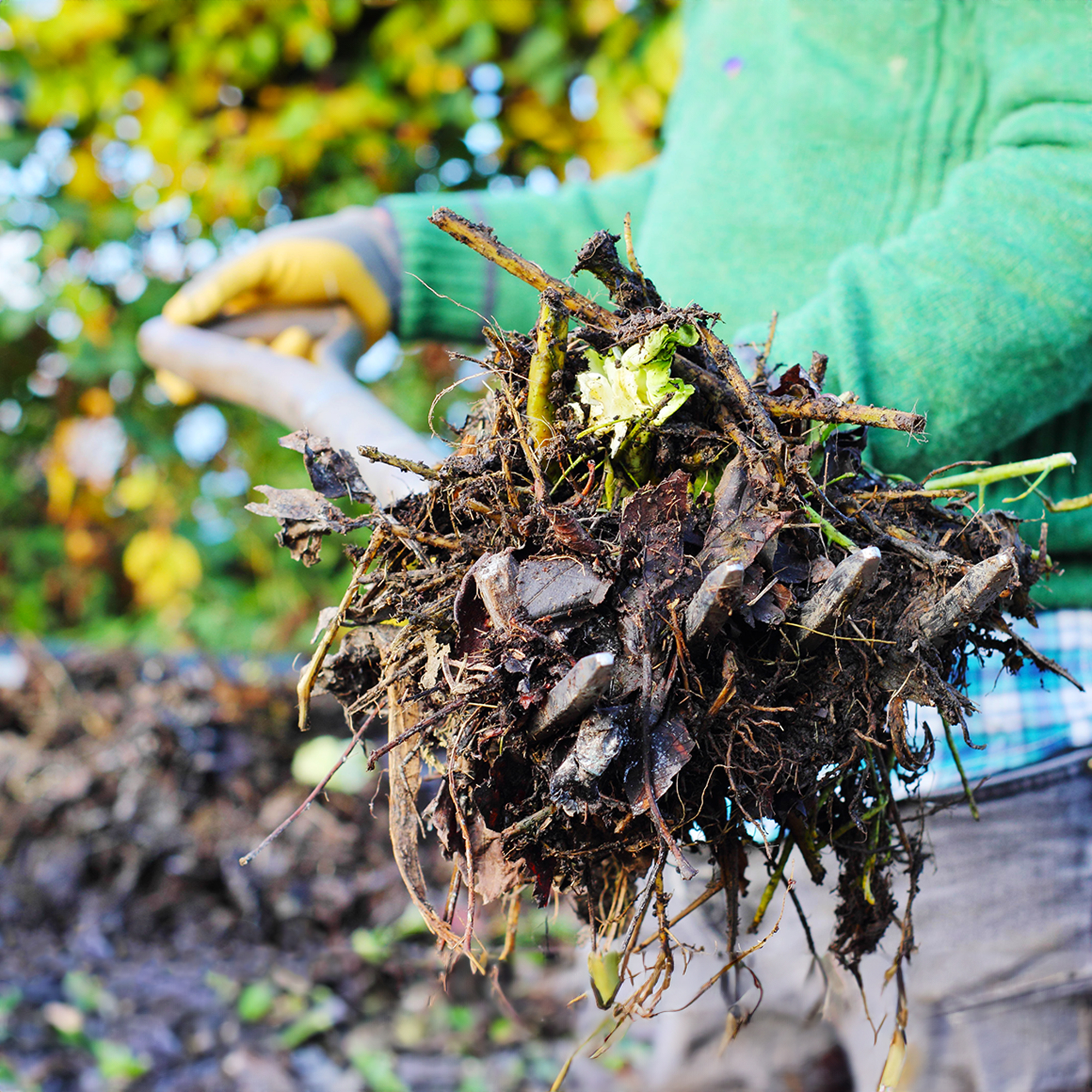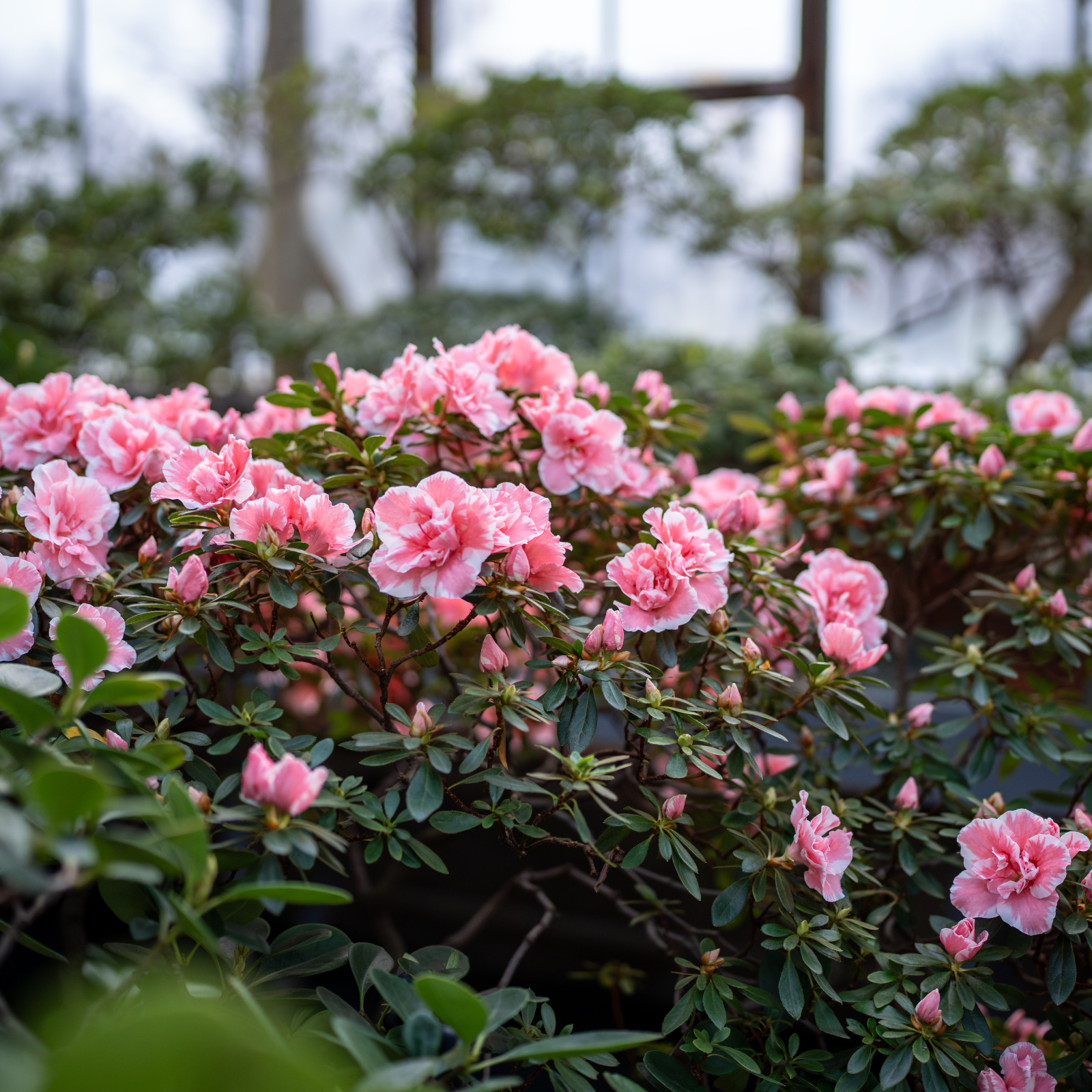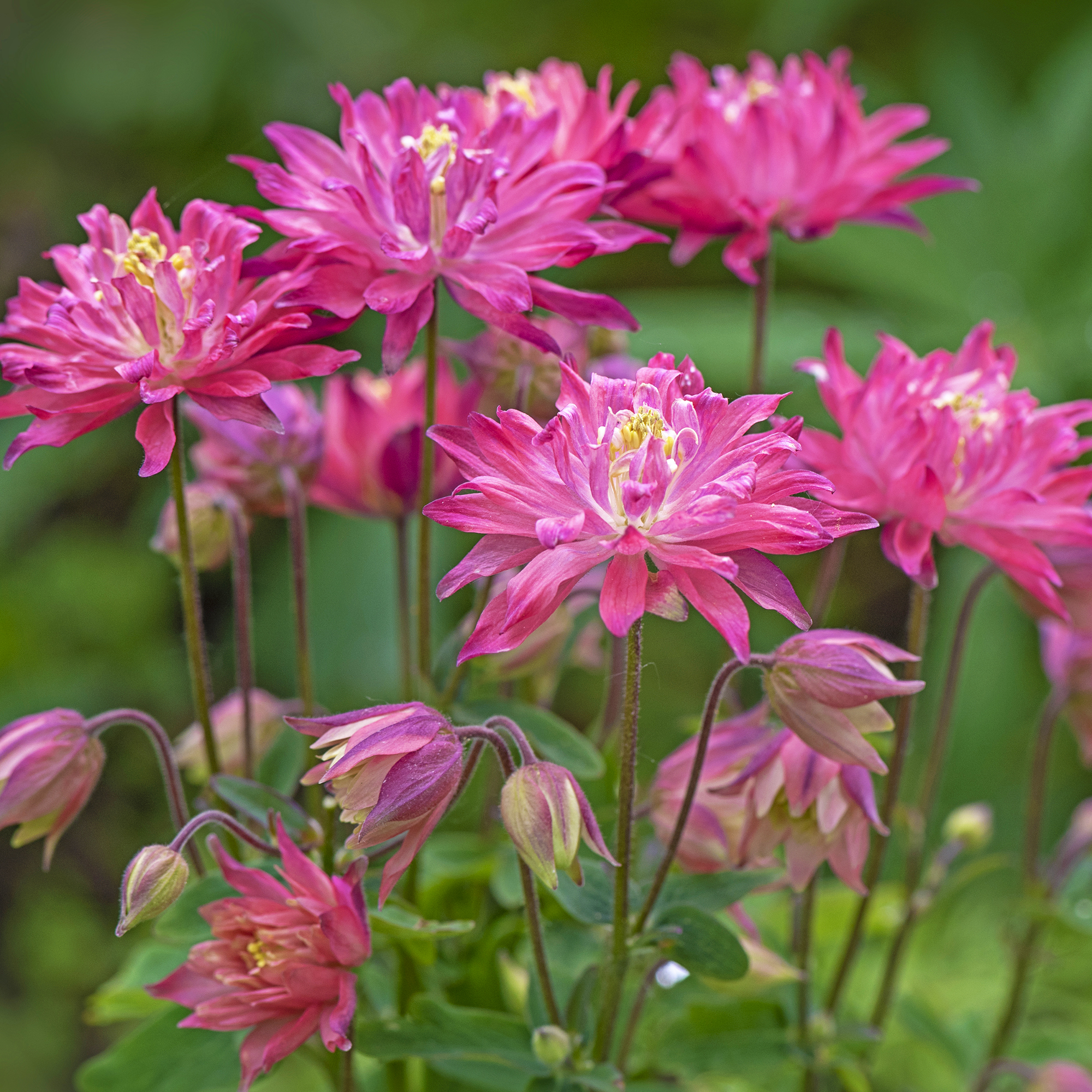Should You Cut Back Roses In The Fall? – When To Prune Your Prized Shrubs For Winter
Discover whether to cut back roses before the onset of winter – or to leave plants alone until spring.


When fall sets in and plants wind down for the season, it’s natural for gardeners to want to tidy up before the winter frosts take hold. In particular, whether to cut back roses in the fall is a common concern, as the shrubs tend to look sparse and unappealing at this time of year, and may be vulnerable to damage from extreme weather.
Pruning is one of the most important aspects of rose care, but when to make the cut depends on your climate, rose type, and the specific needs of your garden. Knowing how to prune roses the right way will promote healthy growth, shape the plant, and improve airflow, reducing the risk of diseases. For some types of roses, pruning also encourages more blooms.
In general, whether to cut back perennials in the fall is a divisive issue. You may like to get your yard clear and tidy to prepare your garden for winter, or perhaps you are conscious of preserving food for wildlife – such as rosehips – and minimizing new growth on plants over winter.
Here’s what you need to know to make the best decision for your roses.

Should You Cut Back Roses in the Fall?
In colder climates – USDA hardiness zones 6 and below – you should resist the urge to prune in the fall. Performing a full pruning at this time can be risky – particularly as it may stimulate new growth, which is vulnerable to winter frost damage. Heavy pruning in the fall can also lead to dieback, where the plant is damaged and cut too close to the roots.
Instead of a full pruning, opt for a light trim to remove any damaged, dead, or diseased wood and to prevent long branches from being whipped by winter winds, or collapsing under the weight of snow.
Otherwise, wait until early spring, when the plant is no longer dormant, to do a more substantial cut-back.
Gardening tips, videos, info and more delivered right to your inbox!
Sign up for the Gardening Know How newsletter today and receive a free copy of our e-book "How to Grow Delicious Tomatoes".

Fill your yard with the most popular trees and shrubs in the Gardening Know How Shop.
Should Roses Be Cut Back in Winter in Warmer Climates?
If you live in a warmer climate, then timing rose pruning is a little more complicated. In some areas, roses continue to grow over the cooler months, and if you wait until early spring to prune, then you may be cutting off all your new growth.
Gardeners in warmer zones often need to take a more tailored approach to pruning roses, looking for visual clues that the plants are ready. This may be winter to early spring, or it may be late summer or in the fall.
A moderate pruning in the fall is usually safe in warmer climates and can help roses bloom vigorously come spring. Cutting back roses after summer will tidy up the garden, reduce the plant size, and encourage healthy new growth.
In fall and winter, you can safely cut roses back by a third, removing crossing branches, thinning out crowded stems, and shaping the plant.

What About Rambling Roses?
While most roses are ideally pruned in late winter to spring, there is one exception to the rule. Unlike other rose varieties, rambling roses benefit from being pruned in late summer, after they have finished flowering. However, they can also be hard-pruned between late fall and late winter.
Rambling roses are extremely vigorous, hardy climbing roses. You can tell them apart from other climbing roses due to their expansive growth rate and single bloom time. Pruning rambling roses in late fall or winter is easier to do when the plant is bare, as you can better see how to shape the plant.
Tips for Winter Rose Care
Regardless of where you live, follow these winter rose care tips to protect your shrubs and encourage better blooms come summer.
- Add Mulch: Especially in colder climates, mulching roses around the base of the plant insulates the roots and helps prevent frost damage.
- Tie Loose Canes: In windy areas, use garden ties to secure long canes, so they don’t get damaged in harsh weather.
- Cover Tender Roses: For hybrid teas and other tender varieties, consider using burlap or rose cones to shield them from severe cold.

Melanie is an experienced gardener and has worked in homes and gardens media for over 20 years. She previously served as Editor on Period Living magazine, and worked for Homes & Gardens, Gardening Etc, Real Homes, and Homebuilding & Renovating. Melanie has spent the last few years transforming her own garden, which is constantly evolving as a work in progress. She is also a passionate organic home grower, having experimented with almost every type of vegetable at some point. In her home, Melanie tends to an extensive houseplant collection and is particularly fond of orchids.
-
 10 Common Composting Problems That Can Spoil Your Garden Gold – Plus Easy Fixes
10 Common Composting Problems That Can Spoil Your Garden Gold – Plus Easy FixesLearn how to troubleshoot common composting issues before they ruin your stash – from bad smells and bugs to materials not breaking down as they should.
By Susan Albert
-
 Terrifically Tubular Flowers For Hummingbirds: 9 Tube-Flowered Plants To Attract Hummers
Terrifically Tubular Flowers For Hummingbirds: 9 Tube-Flowered Plants To Attract HummersGrowing tubular flowers for hummingbirds helps you create the optimum feeding conditions for your winged friends. Here are nine tubed delights for hummers
By Tonya Barnett
-
 ‘Coral Charm’ Peony Care For Sublime Semi-Double Peonies With Lush Salmon Pink Flowers
‘Coral Charm’ Peony Care For Sublime Semi-Double Peonies With Lush Salmon Pink FlowersPeonies are known for their soft baby pink or magenta tones, but if plushy coral blooms are your thing, here’s our guide to the ultimate ‘Coral Charm’ peony care
By Tonya Barnett
-
 Want The Longest Lasting Hydrangea Flowers? Grow These 8 Panicle Hydrangea Varieties
Want The Longest Lasting Hydrangea Flowers? Grow These 8 Panicle Hydrangea VarietiesFor ornamental shrubs that deliver the longest flowering seasons with plush blooms and delicate hues, these panicle hydrangea varieties are essential in your yard
By Tonya Barnett
-
 Zinnias On Repeat: 10 Glorious Cut-And-Come-Again Varieties For Endless Summer Bouquets
Zinnias On Repeat: 10 Glorious Cut-And-Come-Again Varieties For Endless Summer BouquetsThese zinnia varieties keep giving all summer, making them the perfect choice for dedicated cutting gardens – or just the occasional homegrown bouquet.
By Ellen Wells
-
 What Is The Size Of An Azalea? Explore Different Varieties That Will Suit Every Garden
What Is The Size Of An Azalea? Explore Different Varieties That Will Suit Every GardenThe size of azaleas can vary widely because they have been selectively bred for different landscape needs. Check out our picks for each size category.
By Mary Ellen Ellis
-
 5 Fabulous Fast-Growing Vines – That Will Quickly Climb Any Arbor, Trellis, Or Fence
5 Fabulous Fast-Growing Vines – That Will Quickly Climb Any Arbor, Trellis, Or FenceThese fast growing vines are perfect for covering any eyesores in your yard or creating a living fence. They will provide great visual interest, as well.
By Amy Grant
-
 When To Plant Roses: The Best Time For Your Climate And Rose Type
When To Plant Roses: The Best Time For Your Climate And Rose TypePlant your roses at the right time and you will be rewarded with decades of glorious summer flowers – but get it wrong and you'll be crying over dead shrubs.
By Teo Spengler
-
 Spectacular Early Blooming Shrubs: 6 Sparkling Spring Flowering Bushes
Spectacular Early Blooming Shrubs: 6 Sparkling Spring Flowering BushesWant to kickstart your gardening year with dazzling spring flowering bushes for beds and borders? These unique early bloomers are sure to help you rise and shine!
By Teo Spengler
-
 7 Shade-Loving Flowers To Start From Seed Now For A Stunning Summer Garden
7 Shade-Loving Flowers To Start From Seed Now For A Stunning Summer GardenTurn shady spots into vibrant new garden spaces with lovely and illuminating shade-loving flowers.
By Ellen Wells